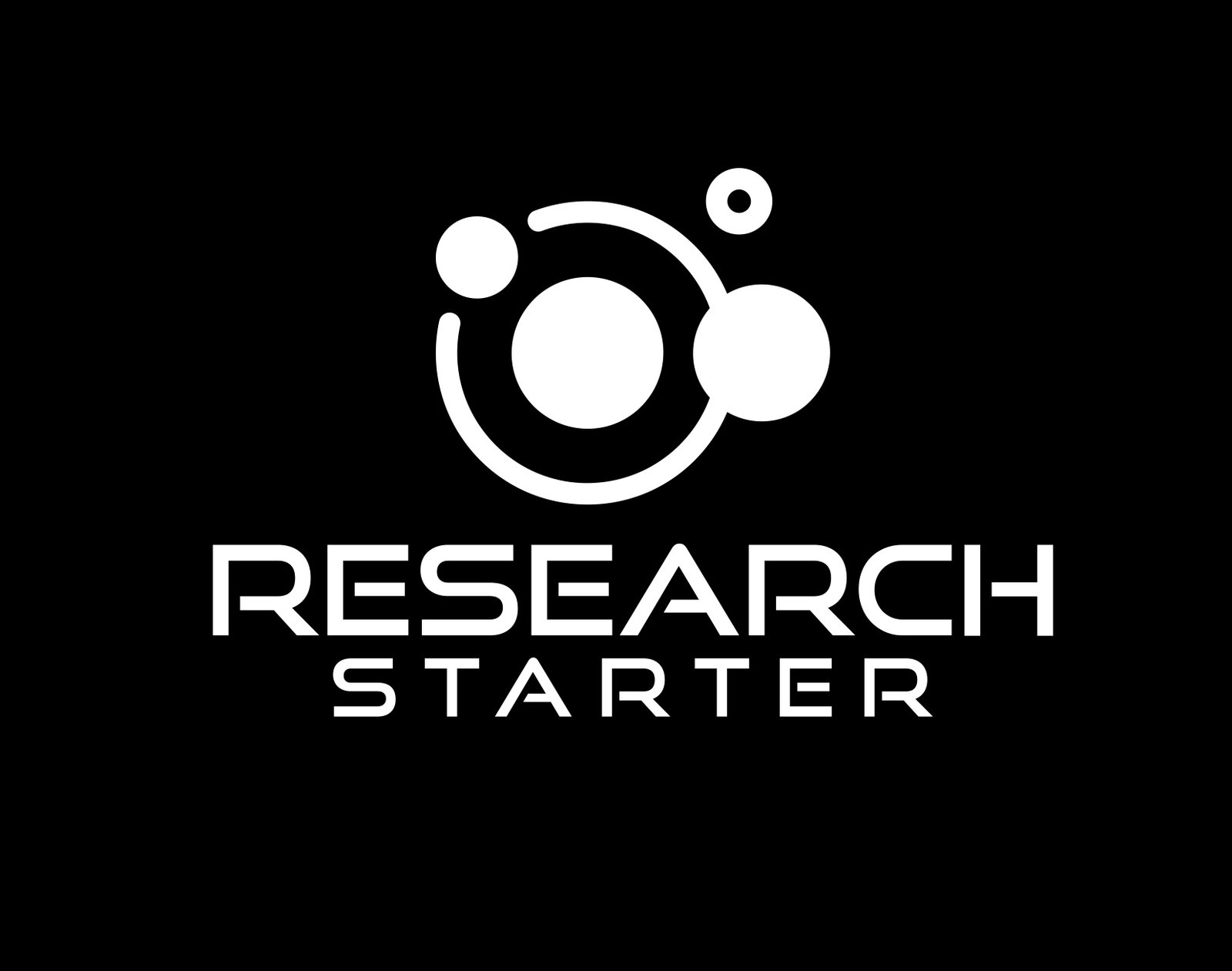Rules for Project Approval in DAO Crowdfunding
Detailed Proposal: The project must provide a comprehensive description that includes its objectives, plans, goal, potential challenges, solutions.
What’s the benefit? What problem does it solve?
Clear Budget: A clear budget breakdown is mandatory. This should include estimated costs, sources of other funds (if any), and a justification for the amount being requested.
Timeline: A realistic and well-defined project timeline detailing major milestones, their expected completion dates, and the overall project duration.
Team Credentials: Information about the project team, including their experience, qualifications, and any past projects or achievements that lend credibility.
Unique Value Proposition: The project must clearly state what makes it unique or how it differs from similar existing solutions or projects.
Feasibility Study: Evidence that suggests the project is feasible. This could be in the form of pilot studies, market research, or expert testimonials.
Transparency Commitment: An agreement to maintain regular communication and updates with the community, keeping them informed about progress, challenges, and any changes.
Exit Strategy: A clear plan on how the project will be concluded, including how assets will be managed if the project fails or is prematurely terminated.
Legal Compliance: Assurance that the project complies with all local and international regulations, especially concerning finance and data protection.
Community Engagement: A plan detailing how the project will engage with the community, every project must to start workgroup on research-startrer.com – every donor will gain access. The project owner is committed to regular updates on the progress of the project, you can share photos, and videos, discuss, consult, and continuously improve the project.
Ethical Considerations: Any potential ethical concerns related to the project must be addressed, and solutions or mitigation strategies provided.
Risks and Mitigation: A clear list of potential risks associated with the project, along with strategies to mitigate them.
Refund Mechanism: The author of the project agrees that if his/her project is not 100% funded within the time limit set by him/her, all funds raised will be donated to another project. The selection of the new project will be done by a closed election in the project working group, which means that only those who donated to the project will vote.
Use of Funds: A commitment that the funds will be used strictly as outlined in the proposal, with any deviations to be approved by the DAO.
Feedback and Revisions: The project creators must be open to feedback from the DAO community and be willing to make necessary revisions to their proposal.
Any project aiming to be approved for crowdfunding on the platform should not only adhere to these rules but also strive for honesty, transparency, and commitment to the project’s success and community welfare.
Milestone Payment System for Crowdfunded Projects
Initial Kickoff Payment (5-10% of total funds)
- Purpose: To cover preliminary costs, such as project setup, initial hiring, and other setup-related expenses.
- Verification: Submission of a clear project action plan and evidence of project initiation (could be hiring contracts, rented space agreements, etc.).
Development Phase I (15-20% of total funds)
- Purpose: To cover initial development costs, whether it’s for a product, service, research, or any other project type.
- Verification: Demonstrable progress, which might include prototypes, designs, initial results, or a report detailing achievements.
Development Phase II (15-20% of total funds)
- Purpose: Further development and refinement.
- Verification: Advanced prototypes, more detailed reports, software beta versions, or other tangible results showing considerable progress.
Testing and Quality Assurance (10-15% of total funds)
- Purpose: To cover costs related to testing, quality assurance, and validation.
- Verification: Testing reports, quality assurance results, user feedback from beta testers, or validation studies.
Production/Implementation Phase (20-25% of total funds)
- Purpose: For projects resulting in a tangible product, this funds mass production. For service or digital projects, this could be a large-scale implementation or roll-out.
- Verification: Production samples, inventory reports, implementation data, or user/adoption metrics.
Marketing and Distribution (10-15% of total funds)
- Purpose: To cover costs related to marketing, advertising, and distribution.
- Verification: Marketing campaign reports, distribution agreements, advertisements, and outreach metrics.
Final Completion and Launch (5-10% of total funds)
- Purpose: For the official launch of the project, and any final touches or refinements needed.
- Verification: Final product ready for shipment or digital platform going live, press releases, launch events, or other launch-related activities.
Post-launch Support (5-10% of total funds)
- Purpose: To support after-sales services, customer support, updates, patches, or any post-launch activities.
- Verification: Customer feedback, support tickets data, post-launch report detailing any updates or refinements done based on feedback.
Considerations:
Flexibility: While the above outlines a general structure, every project is unique. The milestones should be adapted based on the nature and requirements of the specific project.
Community Engagement: For DAO or other community-driven platforms, backers should be kept informed at each milestone. Their feedback can be invaluable and help shape the project’s direction.
Transparency: At each milestone, detailed reports should be provided, showing how funds were used and what was achieved.
Contingency Plans: In case a milestone isn’t reached or unforeseen challenges arise, there should be a clear plan detailing the next steps, whether it’s revising the project’s direction, refunds, or other remedial actions.
By breaking the project funding into milestones, backers can be more confident that their money is being used responsibly, and project creators have a clear financial roadmap to guide their progress.
